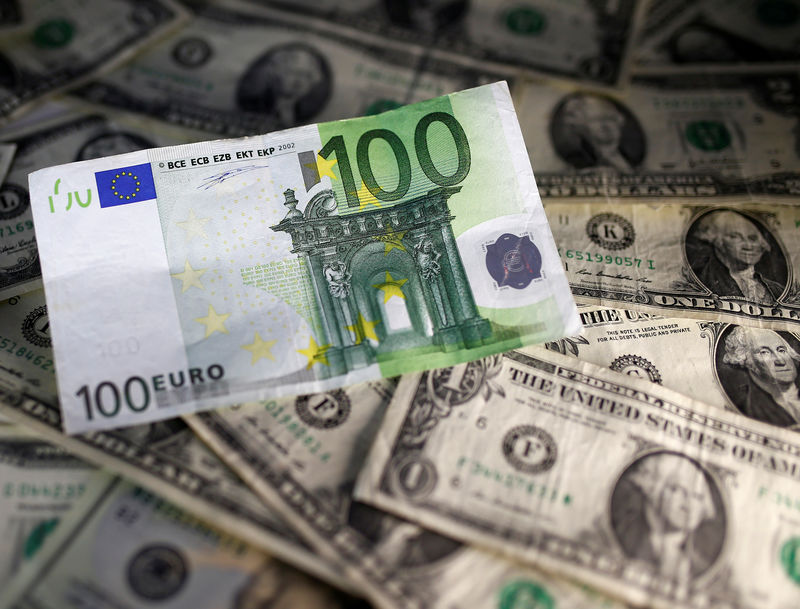Hedge funds cut NFLX, keep big bets on MSFT, AMZN, add NVDA
Investing.com -- Morgan Stanley (NYSE:MS) FX strategists say there may be potential for EUR/USD to rally to as high as 1.12 from its current levels of 1.08-1.09. The research firm’s updated outlook follows significant fiscal announcements from Germany, which have already led to a substantial rally in the euro.
While there is room for the EUR/USD to climb, surpassing the key technical barrier of 1.12 would require a more distinct shift in the fiscal and monetary mix between the US and Europe, strategists said. However, Morgan Stanley cautioned that the market might be getting slightly ahead of itself in anticipation of these changes.
Morgan Stanley also highlighted that the economic impact of the German fiscal measures on growth and inflation is modest, yet noticeable, given that Germany accounts for approximately 25% of the eurozone GDP. The anticipated 60 basis points increase in German growth is seen as significant but not a game-changer for the overall eurozone growth.
The recent rally in EUR/USD has been the largest and quickest since 2022, reflecting two factors according to Morgan Stanley. Firstly, there may be an overestimation of the economic impact of Germany’s fiscal package.
More importantly, the tone and messaging of the package have conveyed a strong sentiment shift, leading many investors to view the developments as a potential game-changer for Europe, with more upside risks.
The analysts also noted that the perception of the EUR as a credible alternative to the dollar has altered the risk dynamics, creating a more symmetrical distribution of risks for EUR/USD. This shift is attributed to the change in investor sentiment following the German fiscal announcements, which coincided with a reconsideration of the "US exceptionalism" narrative that dominated since the U.S. elections.
The result is a heightened sensitivity of the dollar to negative news and an increased potential for the EUR to gain on positive developments. Finally, despite the significant movement in nominal terms, the EUR/USD is now seen as more aligned with rate differentials, yet it remains ’cheap’ when compared to what equities imply, suggesting that the currency pair may still offer value.
